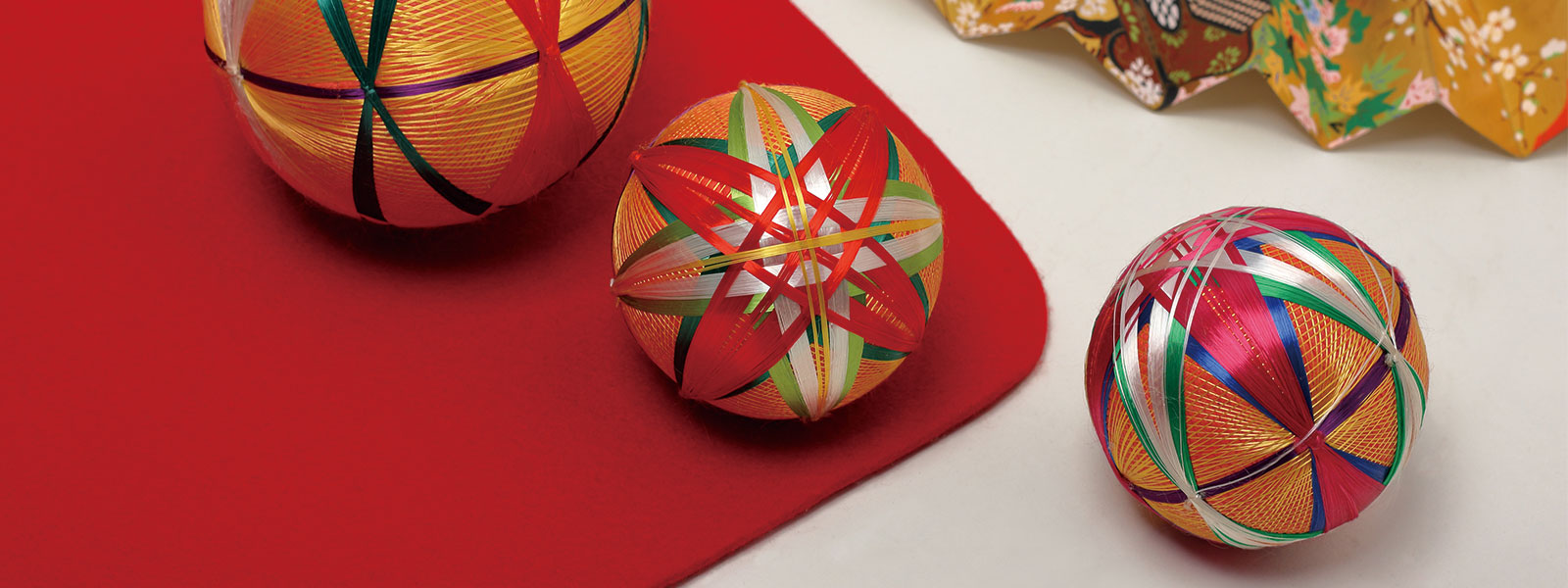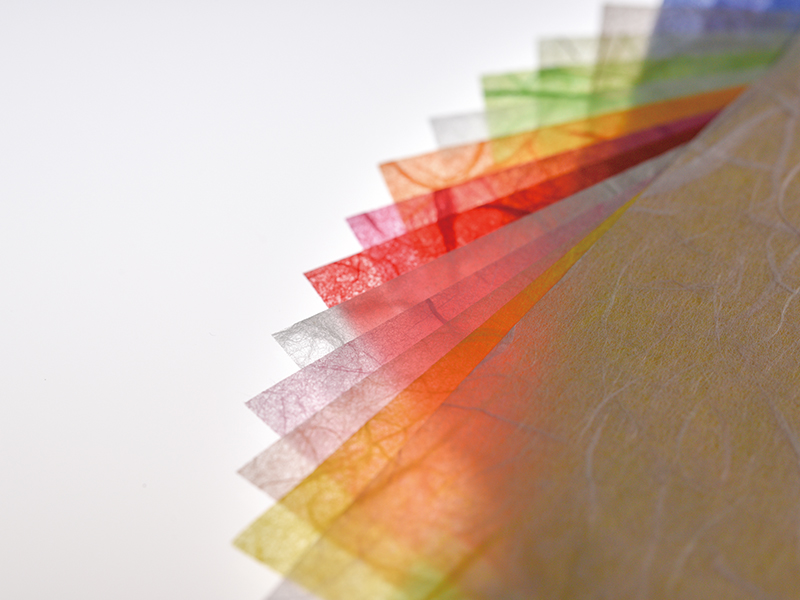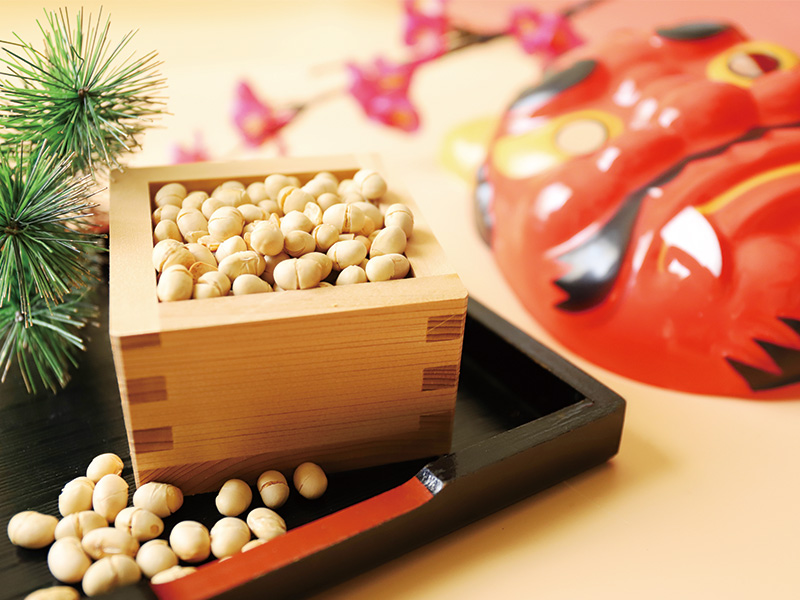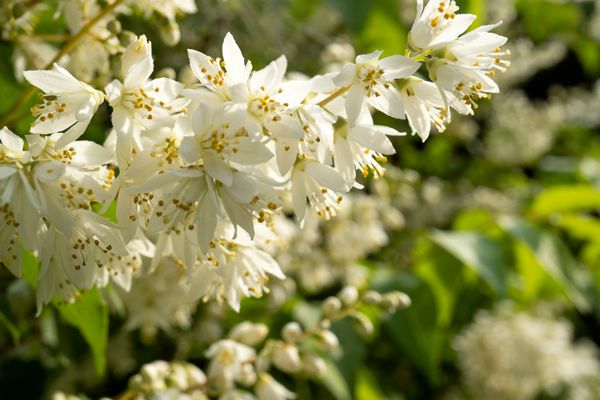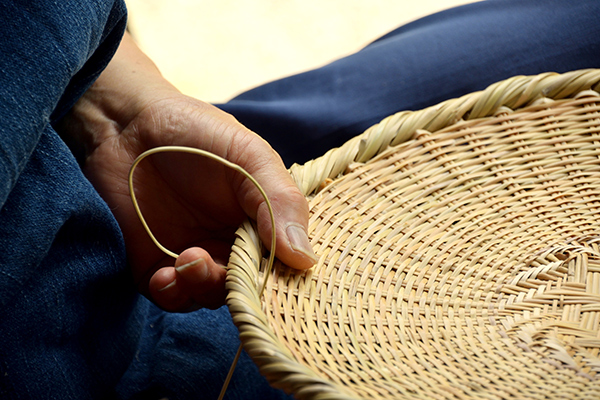"Temari" are round balls that fit perfectly in the palm of an adult's hand, adorned with vibrant embroidery using colorful threads. These traditional crafts have been passed down in various regions of Japan for over a thousand years since they were introduced to Japan. Although children no longer play with these balls, they were popular as a New Year's game during the Edo period, and "temari" remains a familiar seasonal word for the New Year. This time, let's delve into the story of "temari."
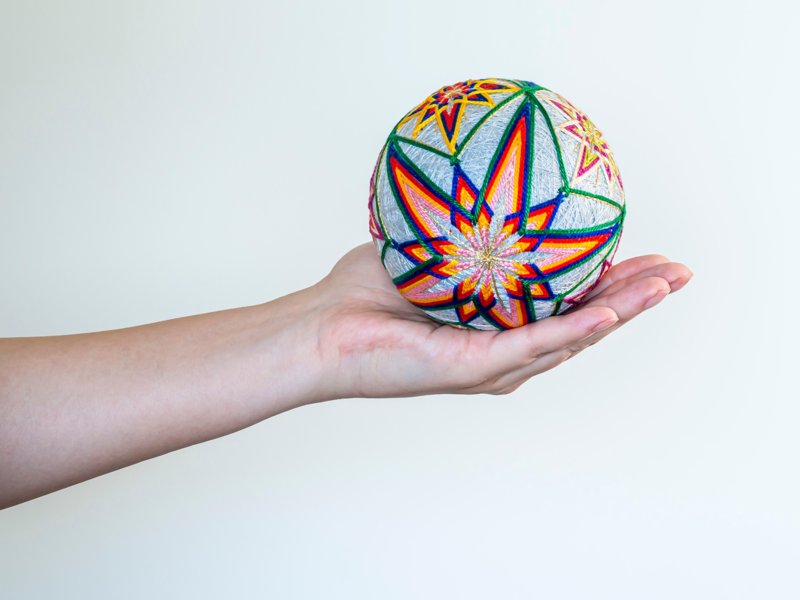
The Origin of Leather
The history of temari in Japan is said to have begun when it was introduced from China during the Asuka to Nara periods. However, what was introduced at that time was a ball made by stitching together deerskin. You might have seen illustrations in history textbooks of Heian aristocrats forming a circle and kicking up a ball with their feet, known as "kemari." Additionally, every year on January 4th, the traditional New Year's event "Kemari Hajime" is held at Shimogamo Shrine in Kyoto.
Kemari is a sport similar to soccer, but unlike soccer, the goal is not to score points but to pass the ball to the next person without dropping it. Groups of 6 to 8 people play together, following detailed rules such as "kick the ball at least three times before passing it to the next person," "kick with the right foot only," and "kick the ball as close to the ground as possible."
Kemari and Temari Became Popular Among the Citizens During the Edo Period
Eventually, "temari," which are balls made by wrapping cotton and stitching it with thread, evolved from "kemari." Although it is unclear how temari developed, historical records from the Kamakura period mention that temari gatherings were held during the New Year.
Playing with temari by bouncing them on the floor or ground became popular during the Edo period. Alongside games like hanetsuki and kite flying, temari became a beloved New Year's pastime among the common people. Ryokan, a poet, and calligrapher active in the late Edo period, cherished his interactions with children and always carried a temari in his pocket.
"Playing temari with the children in this village, the spring days never end." (By Ryokan)
Kemari also remained popular, and playgrounds called "mariba" were established in various places. Around the same time, upper-class ladies-in-waiting began making temari as toys for princesses or as part of their dowries. The "Kaga Temari," which originated from the temari brought by Princess Tama, the granddaughter of Tokugawa Ieyasu, when she married into the Maeda family, spread throughout Japan. From the late Edo period to the Meiji period, temari songs like "Antagatadokosa" (Kumamoto), which involve counting while bouncing temari, emerged in various regions.
With the advent of the Meiji period and the incorporation of Western culture into daily life, foreign-made rubber balls became popular, leading to the decline of temari. Unlike temari made from natural materials, rubber balls were light and bouncy, making them a hit among children.
Temari as Decorative Items Still Passed Down in Various Regions
Although, temari as toys for children have declined, they are still passed down as regional crafts in various parts of Japan.
《Examples of Temari Still Made in Various Regions》
●Tsuruoka Gotenmari (Yamagata)
●Honjo Gotenmari (Akita)
…… It is said that the name "Goten" (palace) comes from the fact that these temari were made by hand by ladies-in-waiting working in the feudal lord's residence. These temari have tassels on the sides and bottom and have been used as interior decorations or gifts rather than toys.
●Matsumoto Temari (Nagano)
…… It is believed to have been introduced to the Matsumoto domain about 200 years ago. The embroidery of "Yaegiku" (double chrysanthemum), which is considered an auspicious pattern, is also designed on sewer hole covers as a symbol of Matsumoto City.
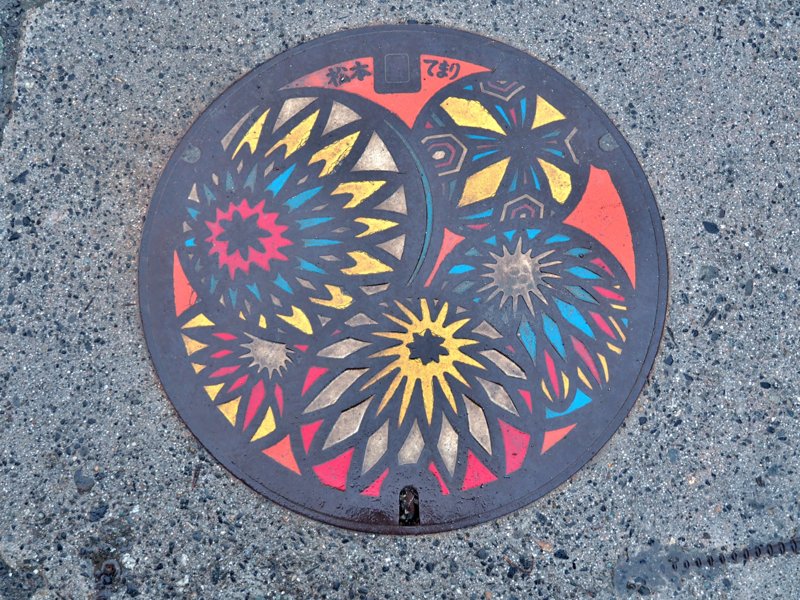
Temari is also designed on manhole cards.
●Tochio Temari (Niigata)
…… Tochio Temari are made by wrapping cotton from the tips of ferns with white thread to form the core, and then stitching various patterns with silk thread. Since they contain nuts inside, they make a rattling sound. Both decorative temari with tassels on the bottom and toy temari for bouncing are made.
●Kaga Temari (Ishikawa)
…… It is said that Kaga Temari originated from the temari brought by Princess Tama when she married into the Kaga domain from the Tokugawa family. There was a custom of giving temari to daughters as a wish for happiness when they got married. These temari contain bells that make a light sound when shaken.
Kaga Temari
Kaga Temari
●Aichigawa Binzaiku Temari (Shiga)
…… These are unique temari placed inside round-bottomed flask-shaped glass bottles, with the temari being larger than the bottle's mouth. It is unclear when and how this tradition started.
●Sanuki Kagari Temari (Kagawa)
…… Based on temari passed down from the Edo period, Sanuki Kagari Temari was created in the 1970s. They are made by wrapping cotton thread around rice husks and then stitching them with cotton thread dyed with plant-based dyes.
●Yanagawa Mari (Fukuoka)
…… These temari use thinned cedar wood as the core material. They are essential for the hanging decorations called "Sagemon" used during the Hinamatsuri festival.
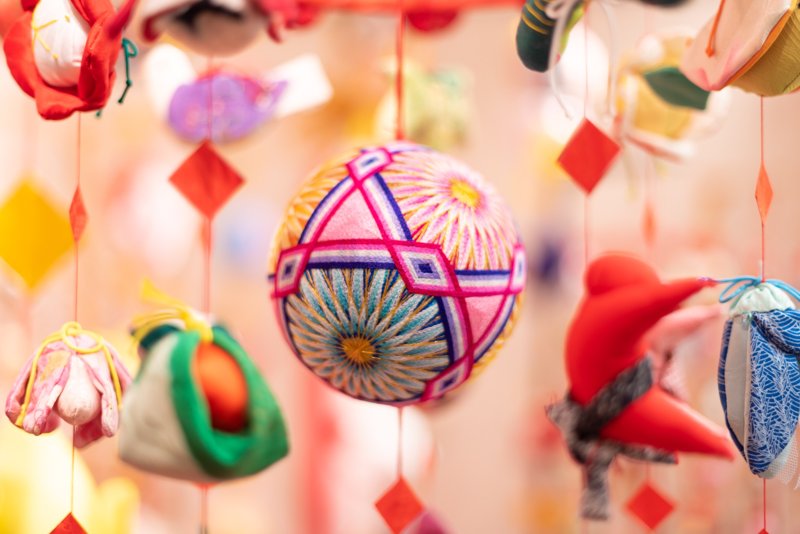
The hanging decorations
●Ryukyu Temari (Okinawa)
…… These temari feature eye-catching color combinations typical of Okinawa. Before the war, parents handmade these temari to celebrate their daughters turning thirteen, hence they are also called "Thirteen Mari."
Do you know what materials temari are made of? As mentioned above, the materials used for the core of temari vary depending on the region and the maker. They can include rolled Japanese cotton, fern cotton, clam shells, rice husks, wild silk cocoons, sand, small bells, nuts, wood shavings, and more. Nowadays, specialized cores made of styrofoam are also available.
The colorful threads used to stitch temari are mainly cotton, silk, and synthetic fibers. The combination of threads in distinct colors creates an infinite variety of patterns, ranging from traditional auspicious motifs like "chrysanthemum," "hemp leaf," and "seven treasures" to modern designs.
Temari itself is considered an auspicious pattern and is used in the designs of furisode for coming-of-age ceremonies, as well as kimonos and obi for girls' first shrine visits and Shichi-Go-San celebrations. As a toy for girls, temari symbolizes femininity and cuteness, and its round shape embodies wishes for "growing up healthy and round" and "resolving difficulties smoothly."
Summary
Carefully crafting a spherical shape and stitching it one stitch at a time to create beautiful temari—such rich moments were enjoyed by women during the Edo period. Today, temari workshops are held at various temari studios, and "temari kits" containing the necessary tools and detailed instructions are also available. Spending some "me time" like this is highly recommended.


